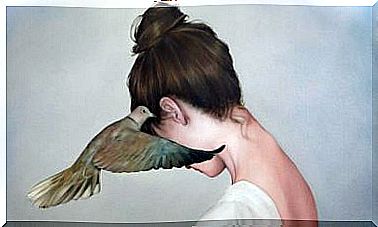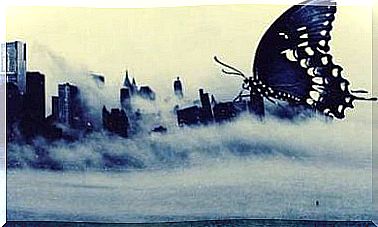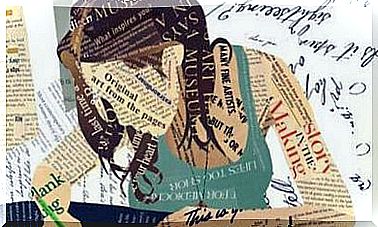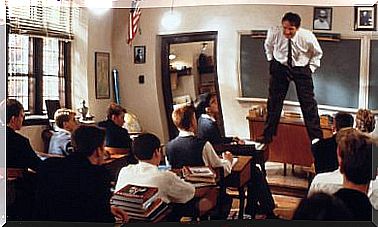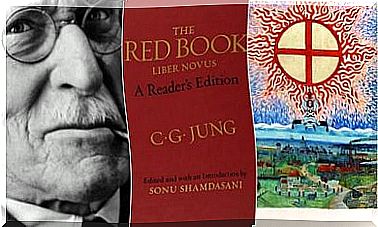Vincent Van Gogh And The Power Of Synesthesia In Art

Vincent Van Gogh explained in his letters that for him, sounds had colors and that certain colors, such as yellow or blue, were like fireworks caressing his senses. Hence, his “Sunflowers” and his “Starry Night” are still palpitating canvases endowed with life and movement. All of them obvious signs that the celebrated post-impressionist genius was synaesthetic.
This may be new to many people. However, it has long been evident after the analysis of many of those writings that Van Gogh sent to his brother Theo or even in the analysis of his paintings. The American Synaesthesia Association (ASA), for example, demonstrated the presence of “photisms” in their pictorial style, that is, a type of sensory responses experienced by those with chromesthesia.
Chromesthesia is an experience of the senses where the person associates sounds with colors. Higher tones, for example, cause the perception of more intense, more vivid and brilliant colors. In turn, color can also induce auditory or musical sensations. It was what happened to Franz Liszt while he was composing and it was also what Van Gogh experienced, that genius halfway between madness and manic-depression who left this world without knowing what was happening to him or the transcendence in art that they would have. your creations.
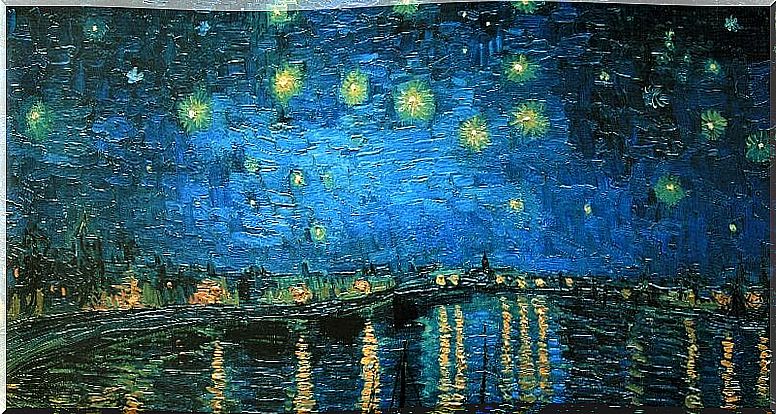
Vincent Van Gogh and the world of colors
In 1881, Vincent Van Gogh wrote a letter to his brother from The Hague. In the letter he explained that each painter had his favorite color palette, and that those favorite shades were a way in which the artist could go through the darkness of his heart to find the light. In turn, he commented that some painters had the majestic quality of using their hands with the virtuosity of a violinist and that certain works became pure music.
A few years later, just in 1885, Van Gogh decided to study piano. However, that experience was short-lived and ended in the worst way for him. Shortly after starting classes, the artist declared that the experience of playing was overwhelming: each note evoked a color. His teacher, alarmed by these statements, decided to kick him out of the center after simply declaring that “he was crazy.”
This data can only provoke a small smile. Because of all the pathologies that Vincent Van Gogh suffered, that of experiencing chromatic sensations in the face of musical stimuli would undoubtedly be his best gift, a nuance that perhaps gave his art an exceptional expressiveness and a sensitive richness little seen so far. . His vigorous brushstrokes, for example, gave movement to every detail, where yellow allowed him to experience the murmur of joy, the jingle of that hope that Van Gogh was missing so much in life.
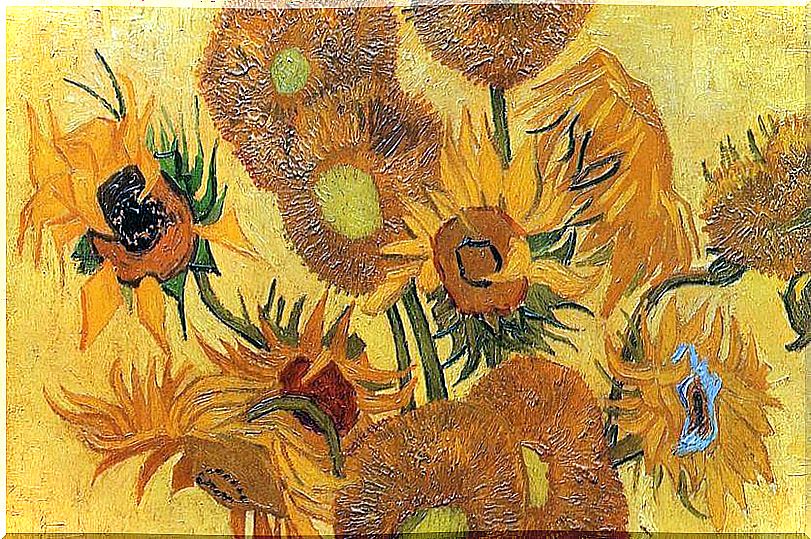
In turn, something that other colleagues often criticized him was that the use of his colors had nothing to do with reality. However, that was secondary to Van Gogh. It didn’t matter . Colors were for him the expression and the search for certain emotions and sensations.
As he explained to his brother one day, he felt incapable of copying reality. His hands, his mind, his gaze never managed to agree with nature or with everything that others saw clearly. For Van Gogh, the world pulsed in a different way, he had other perspectives, other forms that he had to shape in his own way. After all, synesthesia has the same faculty, that of allowing a person to experience life in an almost privileged but strange way at the same time.
Synesthesia and the art world
Synesthesia is not a disease, this should be made clear from the beginning. It is a neurological condition whereby there is an unusual communication between the senses that allows us to see sounds, taste colors or hear shapes … There we have, for example, Elisabeth Sulser, the only woman in the world who presents a combination of all these characteristics : perceive colors when listening to music or any sound and also savor them.
Neurologists say that when we come into the world we are all synesthetes, but as our neural structures mature, all these senses become specialized until they differ from each other.
Synesthesia, for example, is very common in musicians. Also in painters like Van Gogh and writers like Vladimir Nabokov. In fact, the latter explained that a large part of his family also had this gift, but that nevertheless he always had the feeling that he did not take advantage of that ability as much as he deserved. Especially since he didn’t quite understand her.
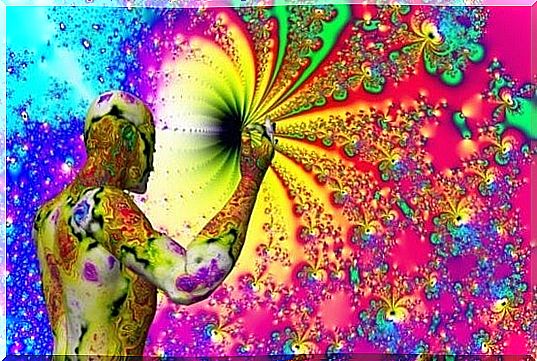
This is what Vincent Van Gogh himself must have experienced. The sensation that the world before his eyes, before his ears, was instantly chaotic and disconcerting, the sensation that this particularity was one more feature of his madness in the eyes of the world. However, to this day we already know that synesthesia put a particular crystal in his gaze, the one from which to see reality in a way that continues to fascinate us today.
